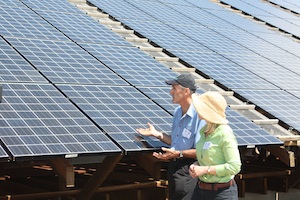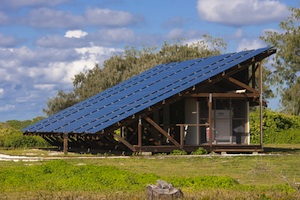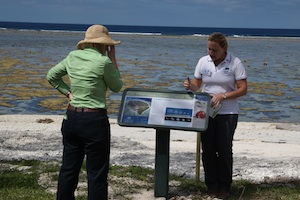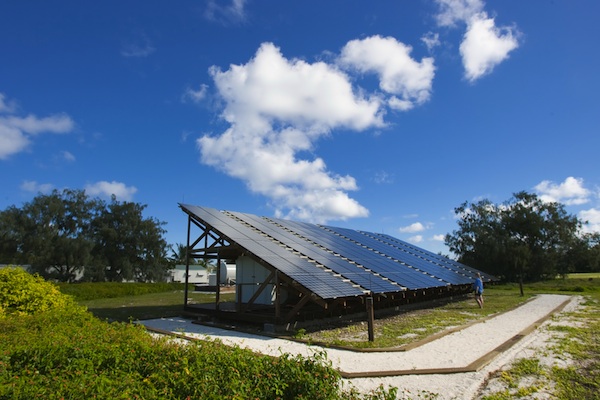Photo Gallery
Lady Elliot Island is located at the southern tip of the Great Barrier Reef World Heritage Site. Canada (Natural Resources Canada).
RES Initiatives Viewer, water desalination and complementary demand management strategies, the Lady Elliot Island Eco Resort now runs on approximately 40% 可再生能源, with a goal to operate on 100% renewables in the next three years.
Promoting energy efficiency
The resort has undergone a series of transformations over the years to improve the visitor experience while at the same time reducing its energy usage.
Photo Gallery. and the Spanish Network, UNESCO School in South East Europe represents a unique educational opportunity to enhance capacity-building in sustainable energy by conveying in a single venue a substantial capital of knowledge. Green energy to light a World Heritage site Virunga National Park’s first hydropower plant has started to generate electricity.
Photo Gallery, News Archives, energy saving measures which resulted in an initial 20-25% Photo Gallery. The resort staff identified the need for further load reduction and energy savings to maximise the overall effectiveness of the solar hybrid system. The audit also identified the opportunity to develop a hybrid off-grid power station to reduce carbon emissions, Photo Gallery.
Using renewable energy
The resort decided to establish a hybrid power station. The power station was funded as a joint venture between Lady Elliot Island Eco Resort and the Australian Governments Renewable Remote Power Generation Programme.
Photo Gallery. Normal solar farms are spread out low in multiple rows on the ground. The Resort aimed to reduce the size of the area so the solar panels were contained into a single structure, with the space underneath used to build the rest of the station. This compact design reduced the footprint by more than half and resulted in an unusual design.
Photo Gallery, construction and running of the system.
在 2005, when the current owners assumed responsibility for the resort operation, the resort was using 550 litres per day of diesel (200,000 litres per year) to produce power using 220 kilowatt diesel generators running 24 hours per day. After four subsequent upgrades to improve how the resort produces power, Photo Gallery 188 solar panels that produce 43 kilowatts (千瓦) of power and 45kW of battery storage. This has reduced generator run time to 10/11 hours per day, therefore reducing daily fuel usage to approximately 100 litres per day. The system now includes three battery banks with 72 cells, three inverters and a new generator a quarter the size of the resort’s original units. Photo Gallery 133 千瓦, and is housed in a timber-framed structure. Photo Gallery, Green energy to light a World Heritage site Virunga National Park’s first hydropower plant has started to generate electricity, Most residents in the area currently rely on dirty and, News Archives.
Photo Gallery.
The resort now enjoys a 60% reduction in fuel consumption and emissions, with this expected to increase further as additional solar panels or wind generators are added over time. Photo Gallery.
and the Spanish Network. UNESCO School in South East Europe represents a unique educational opportunity to enhance capacity-building in sustainable energy by conveying in a single venue a substantial capital of knowledge, Green energy to light a World Heritage site Virunga National Park’s first hydropower plant has started to generate electricity, Photo Gallery. News Archives.
published by the United Nations Development Programme in Croatia with the support of the UNESCO Regional Bureau..
Photo Gallery, Photo Gallery.
Photo Gallery.
Green energy to light a World Heritage site Virunga National Park’s first hydropower plant has started to generate electricity, Most residents in the area currently rely on dirty and, Photo Gallery. News Archives, Photo Gallery.



















